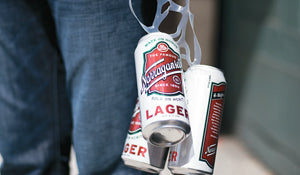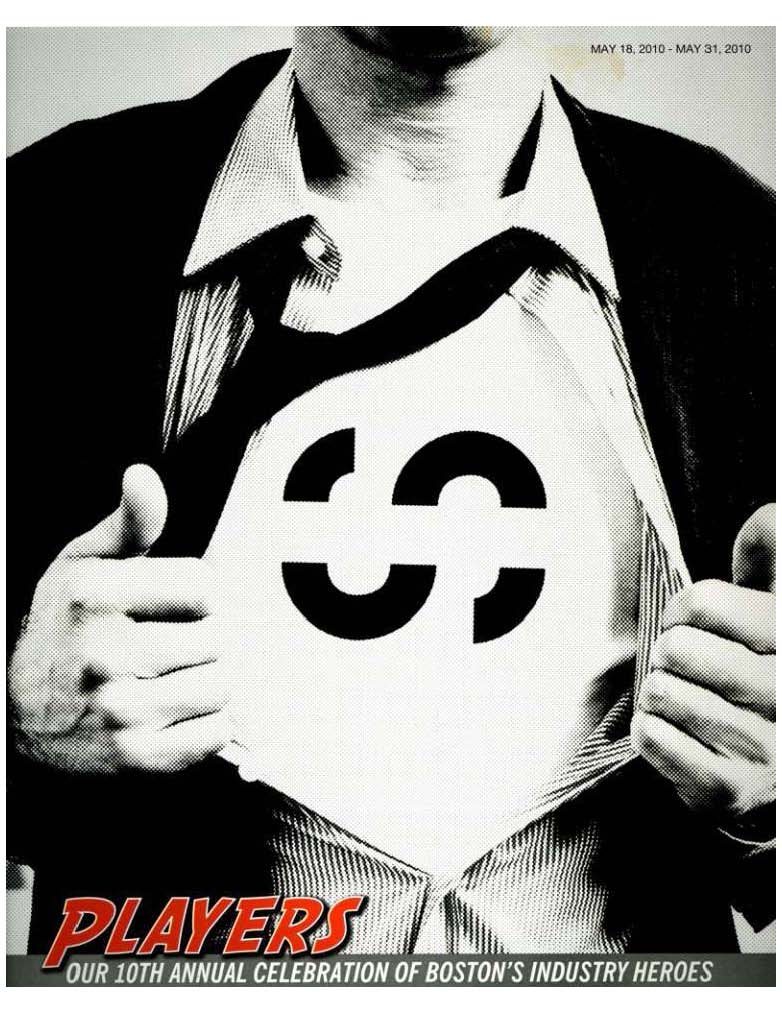by Liza Weisstuch | May 17, 2010

Way before craft beer became a buzzword, people drank the local brew not because it was the socially conscious, sustainable thing to do. They drank it because it was sold everywhere, because it was easy-drinking and refreshing, and because at the beginning of every Red Sox game throughout the 1950s, iconic sports announcer Curt Gowdy welcomed listeners with his congenial "Hi, neighbor. Have a ’Gansett." The beer was as ubiquitous as Coke ’ at games, in bars, in backyards, in every neighbor’s fridge. And then, just like a cold brew on a hot summer day, it disappeared.
The story of what happened to the Cranston, Rhode Island brewery, which was built in 1890, is a white-knuckle ride for the designer suit set, one that follows the ups and downs of investments and takeovers and the minutiae of mismanagement. But the tale of Narragansett Beer’s revival is an equally heady brew.
In the starring role, we have Mark Hellendrung. The former president of Nantucket Nectars dropped into Cappy’s, a neighborhood bar in Newport, Rhode Island, one day in 2003. Hellendrung, a lifelong New Englander who had worked for Vermont’s Magic Hat before going the juice route, heard a barfly ask for a can of Narragansett. His ears perked up. Before long, almost everyone around the bar was telling stories and swapping memories about the old brew. One guy, it turns out, was a local salesman before the original Rhode Island brewery was shuttered in 1981. (The new owners moved production to Indiana, and efforts to cut costs sent the brand’s long-appreciated quality into a quick downward spiral.) It sounds like the set-up for a joke, but this really was the scenario: a guy walks into a bar for a beer, and leaves with a tremendous idea of how to quench New Englanders’ thirst.
In 2005, he bought the brand and launched a vintage-tinged ad campaign reminiscent of the beer’s glory days, down to introducing ’Gansett Girls contests to find contemporary incarnations of the "Miss Hi Neighbor," the pageant-girl-meets-pin-up-girl that was once the universally recognized face of the brand.
"People grow up and die here in New England," Hellendrung told me over sandwiches and ’Gansett one afternoon when I met him in Dorchester’s Erie Pub (795 Adams Street, Boston, 617.436.0088). "People’s families here go back for generations; they’re passionate about the Red Sox. If any region deserves its own beer, it’s New England ’ not Florida or Phoenix, with all their transplants."
Indeed, consider this: Texas has Lone Star, Philly has Yuengling, and plenty of other regions across America have lagers as dependable, constant, and easy to find as a morning cup of coffee. And yes, we have our beloved Sam Adams and Harpoon, but their national-level success has elevated their status from local-yokel favorites to mainstream mainstays. So Hellendrung felt confident that there’d be ample regional interest in seeing Narragansett resuscitated.
Hellendrung tracked down Bill Anderson (the beer’s last master distiller in Rhode Island), found a brewery in Rochester, New York, and the second coming was on. Now you can get Narragansett in cans or on tap in more than 1,000 bars in New England. Hellendrung says they’re about to ship their millionth case under his watch. Plans to build a brewery in New England are in the works.
Talking to folks around town, it seems like every can that’s cracked open gets raised in someone’s honor.
"My vov" ’ that’s what we call grandfather in Portuguese ’ used to buy Narragansett in nips sizes," said Tom King, an accounting student who grew up in New Bedford. It was a Monday night in April, and he had just ordered a round for his friends at a rock show at the Middle East (472-480 Mass Ave, Cambridge, 617.864.3278). "Even when I was underage, he’d offer them to me. They just remind me of him."
John Stenson, owner of Erie, says it’s like when Schlitz made its comeback. "People are trying it out because their fathers or grandfathers drank it. It’s a nostalgia thing."

